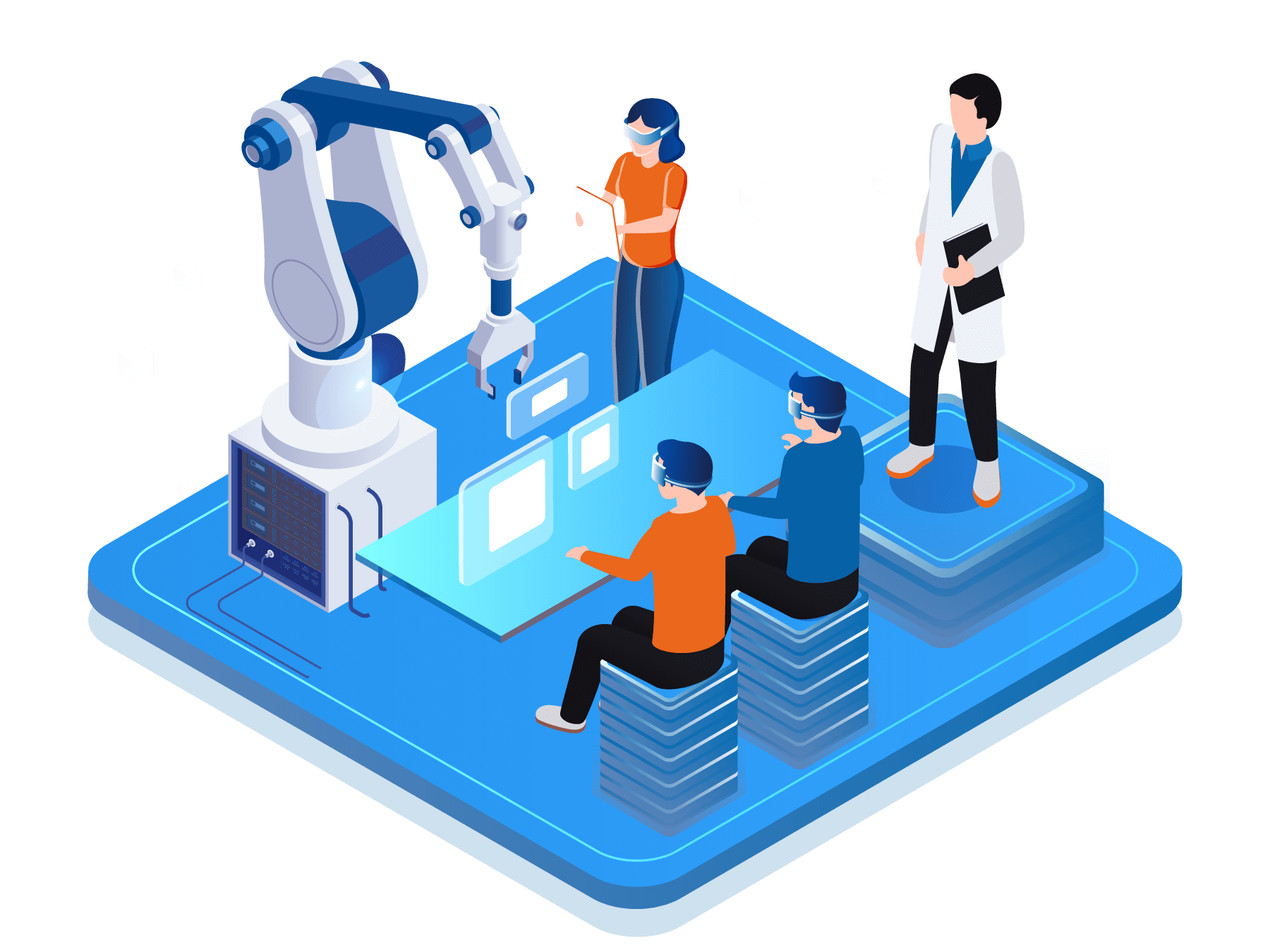The Project
Key activities & Impact
The manufacturing sector accounts for 17.3% of EU GDP and employs more than 29.9 million people. Industry 4.0Industry 4.0, often referred to as the Fourth Industrial Revolution, is a term that represents a significant transformation in the way industries operate and produce goods and services. It is characterised by the integration of digital technologies, data, and automation into various aspects of manufacturing and other industries More is a new vision, in which augmented and virtual realityVirtual reality (VR) refers to a technology that creates a simulated environment or experience using various hardware and software components. The goal of VR is to provide users with a sense of presence and immersion in a virtual world that feels realistic and interactive. There are two main types of More, together with advanced robotics and simulation, have a key role in the digital transformation of manufacturing.
Through the use of XRExtended reality (XR) refers to real-and-virtual combined environment, including virtual reality (VR), augmented reality (AR), and mixed reality (MR). More, MASTER is able to facilitate the teaching and learning processes of robotics, thereby contributing to the advancement of these technologies and ultimately, the Industry 4.0Industry 4.0, often referred to as the Fourth Industrial Revolution, is a term that represents a significant transformation in the way industries operate and produce goods and services. It is characterised by the integration of digital technologies, data, and automation into various aspects of manufacturing and other industries More concept.
Open XR Platform
Extended Virtual Reality Space for Robotic Applications
The open XRExtended reality (XR) refers to real-and-virtual combined environment, including virtual reality (VR), augmented reality (AR), and mixed reality (MR). More platform integrates key functionalities for creating safe robotic environments, programming flexible robotic applications (programming by demonstration in flexible robotic application development), and advanced interaction mechanisms (innovation in gaze-based interactionGaze-based interaction refers to a technology or method that allows users to interact with computers, devices, or interfaces using their eye movements and where they direct their gaze. It is a form of human-computer interaction that leverages eye-tracking technology to capture and interpret a user’s eye movements and use them More). MASTER will also deliver rich training content on robotics, and didactic material which exploits the platform and will be delivered to the end users.
The open XRExtended reality (XR) refers to real-and-virtual combined environment, including virtual reality (VR), augmented reality (AR), and mixed reality (MR). More Platform, three technologies and educational content are initially built around the technologies and knowledge of the MASTER partners. However, they will be enriched by the contributions of third parties selected through Open Calls. To this aim, MASTER will launch two different Open Calls, one to attract third parties that have technologies that can be included in the platform (OC1) and a second one for new content creation (OC2). An additional objective of the Open Calls is to validate the XRExtended reality (XR) refers to real-and-virtual combined environment, including virtual reality (VR), augmented reality (AR), and mixed reality (MR). More platform, components, and generated content from the technical point of view, as well as from the human perspective.
XR technologies

Health and safety demonstrator

Robotic programming demonstrator

Gaze based demonstrator

MASTER will contribute to:
Develop innovative XR applications
For learning, training and education.
Test and support take-up of proven, successful XR tools
making Europe a leader in cutting-edge technologies for education.
Increase inclusiveness
By supporting a human-centred approach to technology development that is aligned with European social and ethical values, as well as sustainability.
Sustainable, high-quality jobs
by targeting skills mismatches, the need to empower workers, and ethical considerations relating to technological progress.
Open Calls organisation
If you are also interested in XRExtended reality (XR) refers to real-and-virtual combined environment, including virtual reality (VR), augmented reality (AR), and mixed reality (MR). More education for robotics, the MASTER project might need your input.
Through two Open Calls, MASTER wants to validate the Open XR platform, components, and generated content from the technical point of view, as well as from the human perspective. The aim is to provide additional technologies and functionalities, as well as additional educational content for the platform.
Opening and deadlines will be announced on all our social media channels. Follow us on X and LinkedIn for updates.
Objectives:
- Provide innovative technologies for the Open XRExtended reality (XR) refers to real-and-virtual combined environment, including virtual reality (VR), augmented reality (AR), and mixed reality (MR). More platform to create rich XRExtended reality (XR) refers to real-and-virtual combined environment, including virtual reality (VR), augmented reality (AR), and mixed reality (MR). More experiences
- Develop use cases and educational material for a better learning environment for robotics
Who can apply?
European, small and medium companies active in the field of XRExtended reality (XR) refers to real-and-virtual combined environment, including virtual reality (VR), augmented reality (AR), and mixed reality (MR). More (100% funding).
Educational institutes in the field of XRExtended reality (XR) refers to real-and-virtual combined environment, including virtual reality (VR), augmented reality (AR), and mixed reality (MR). More (100% funding).
Large companies in the field of robotics and/or developing XRExtended reality (XR) refers to real-and-virtual combined environment, including virtual reality (VR), augmented reality (AR), and mixed reality (MR). More applications for robotics (up to 50% funding).
Validation of XR technologies in learning environments
Objectives:
- Validate the Open XRExtended reality (XR) refers to real-and-virtual combined environment, including virtual reality (VR), augmented reality (AR), and mixed reality (MR). More platform and technologies developed in the project with students
- The creation of additional XRExtended reality (XR) refers to real-and-virtual combined environment, including virtual reality (VR), augmented reality (AR), and mixed reality (MR). More content by applicants and their students
Who can apply?
Any kind of research or educational institutions that provide XRExtended reality (XR) refers to real-and-virtual combined environment, including virtual reality (VR), augmented reality (AR), and mixed reality (MR). More education or content creation services to students, workers or other end-users.
Their participation should guarantee that the MASTER XR technologies are being tested in educational environment, validated and improved.
When?
Call opening early 2025
More details will follow!
Process of Evaluation of the Open Calls
The Open Calls will be published and remain open for several months.
After the submission deadline, each application will be reviewed by 3 independent reviewers in a three-step evaluation:
- The individual evaluation will be done remotely by reviewers.
- A consensus meeting to adjust the finally agreed scores.
- The project steering committee will consider all the applications on the resulting ranked list and make the final selection according to the rules.
All applicants will be notified of their result as early as possible and a redress process will be available for 1 week.
